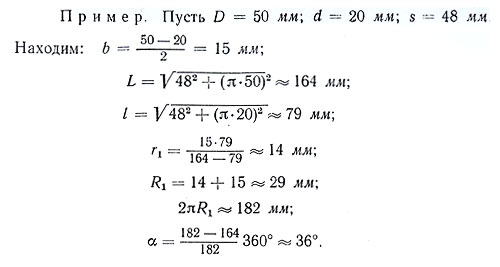
Kaljkulyatori Rasschetf Shnekov
Andrey Deryabin, chief mining engineer of the as well as head of the Izhevsk armory. First years [ ] An in the city of was established by the order of in 10 June 1807 and Andrey Deryabin, the chief mining engineer of the city's, was put in charge with both construction and operation. Architect Semyon Emelianovich Dudin and Deryabin both developed a general long-term plan of further complex growth of the armory. The armory would be located at the bank of the, mainly due to the proximity of iron works, which immediately solved all the raw material supply problems. Deryabin employed Russian and living in the city.
At that time, plowmen were to migrate to the armory and work there. Settlements nearby were released from this rule, but had to provide the armory with wagons, horses and harnessing. Deryabin also hired foreign armory specialists to guide the Russian craftsmen. In 1807, the Armory produced 7, 5 pair of, and 6.
Oblozhki dlya kmplayer 2013. Official YouTube channel of Sergey 'KRUSHER' Kovalev, WBO Super,WBA Super and IBF World Champion and WBC Diamond Champion.
The first weapons developed by the armory were the No. 15 17.7mm, produced in the autumn of 1807. In 1808, the musket was later mass-produced for infantry equipping.
The plant supplied the with over 6,000 of the No. 15 17.7mm muskets.
The armory also produced rifles,,, and flint for in 1809. The venture also produced pistols and gun parts and remelted trophy weapons. Firearms were produced at a rapid pace for the Russian Army during the, mainly in the, even though construction of the armory had not been finished yet. During the first four years, the factory produced 2,000 long guns. In 1814, the output grew up to 10,000 guns and almost 2,500 backswords.
By 1830, the armory achieved the desired annual output of 25,000 long guns and 5,000 backswords. Ten stone plants, several wooden constructions and a towered main building for the armory were erected in 1811–1816.

By 1817, construction of the main armory building had been finished. It had 4 floors and was one of the first multistory industrial buildings in Russia. The manufacturing process was multilevel: it began with rough preparatory works (at lower floors) and finished with assembly of arms (at higher floors).
Developed by the armory since 1891 Mid to Late 1800s [ ] Starting in the 1830s, the armory started manufacturing 'Gartung' short rifles, 'Phalis' rifles, and boarding guns for the of the. In 1835, the armory transferred cold steel production of and to, focusing mainly on production. In 1844, the armory started upgrading current guns into more rapid firing muskets. The armory also started using the for its products in 1845. During the, Izhevsk supplied the with 130,000 rifles, with a third of them grooved.
By 1857, 50 years after the creation of the armory, over 670,000 firearms, over 220,000 percussion firearms, over 58 thousand, as well as a plentiful number of swords and lances were produced. [ ] In 1867, the armory was reorganized into a lease and a private commercial enterprise. At this time, the armory was retrofitted and equipped with steam-engines, new machines, and an open-hearth furnace. This allowed the armory to produce more breech-loading weapons for the Russian Imperial Army, notably the 'Krnk' and ' type rifles.
The Berdan rifle was the most widely produced firearm at the plant during the time as well, indirectly allowing Russia to approach the European industrial empires’ level of armaments. By 1870, production rate at the armory exceeded both the armories of. Later, when the methods of high-quality were well mastered, Izhevsk became the source of gun barrels and barrel receivers for Russian plants.
For example, armory enterprises in Tula used annually up to 360,000 barrels from the armory at. In 1884, the plant was later returned to the state and became Izhevsk Gun and Steel Factories (IGSF). In 1885, IGSF started manufacturing and tools. In 1891, IGSF started the rifle. The IGSF also started using to produce electricity to illuminate the plant as well as to power the machines. The IGSF was the only Russian enterprise that produced firearms for all branches of the Russian military. Thanks to the IGSF, Izhevsk became a large industrial center in Russia.